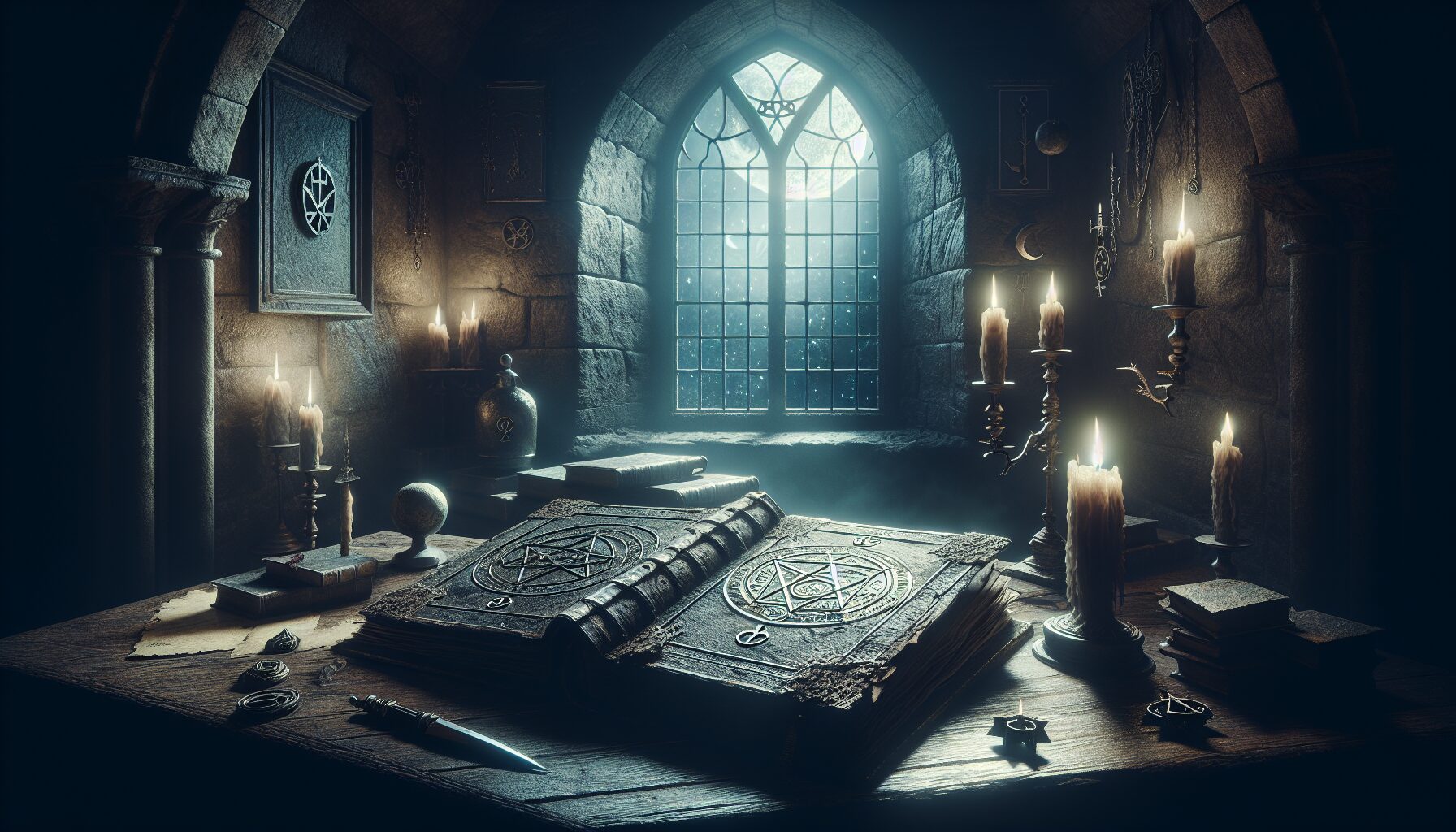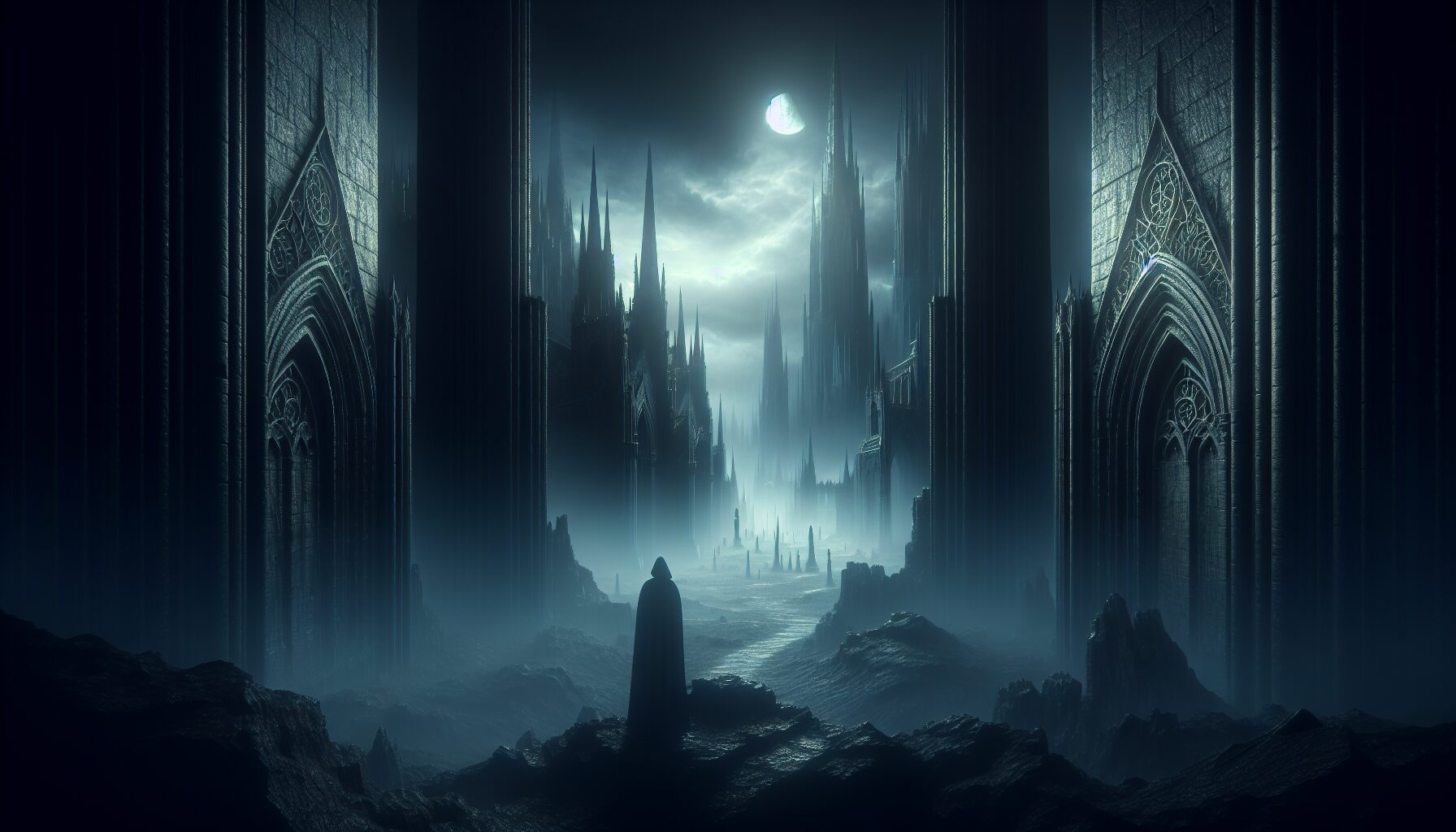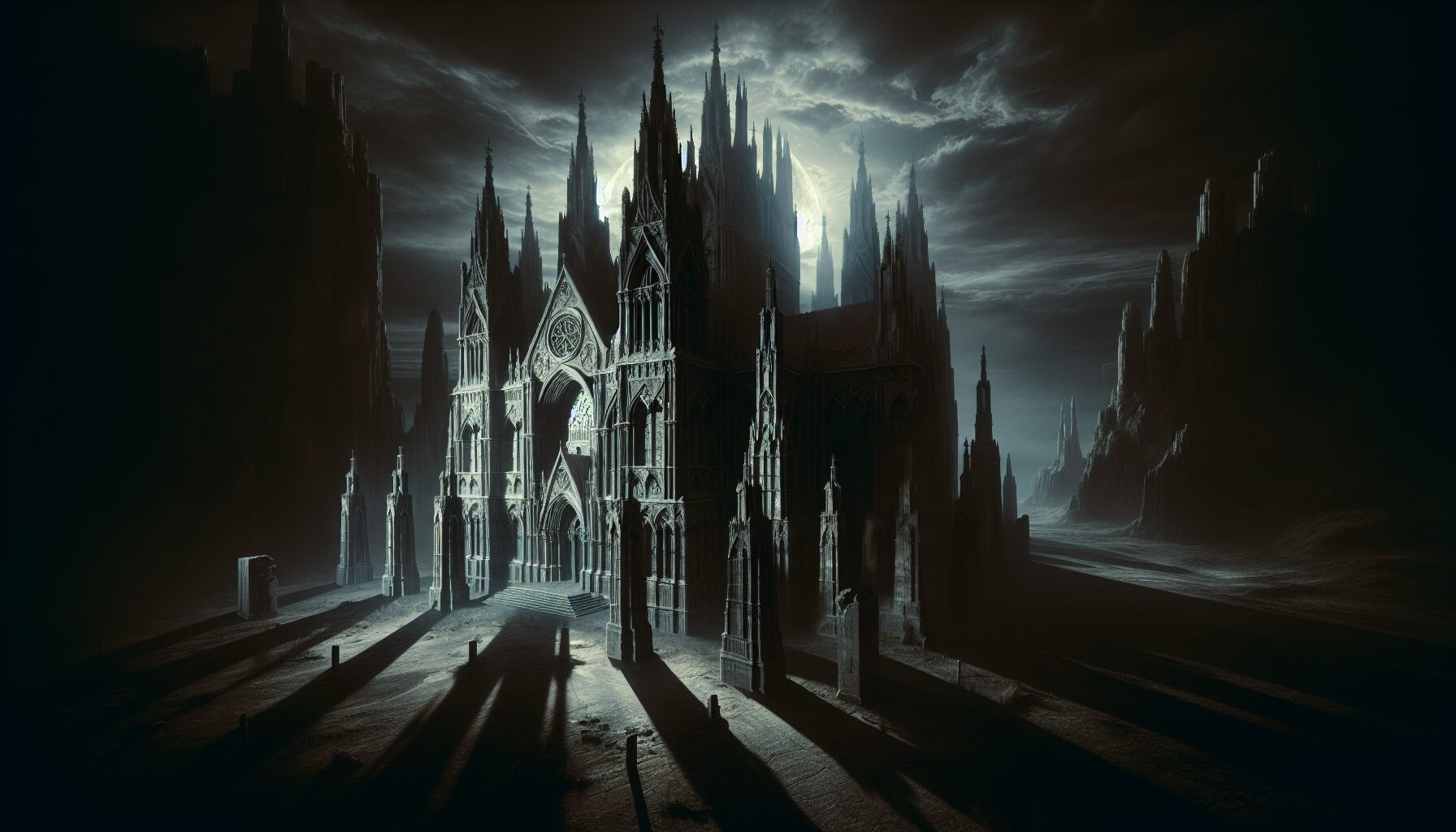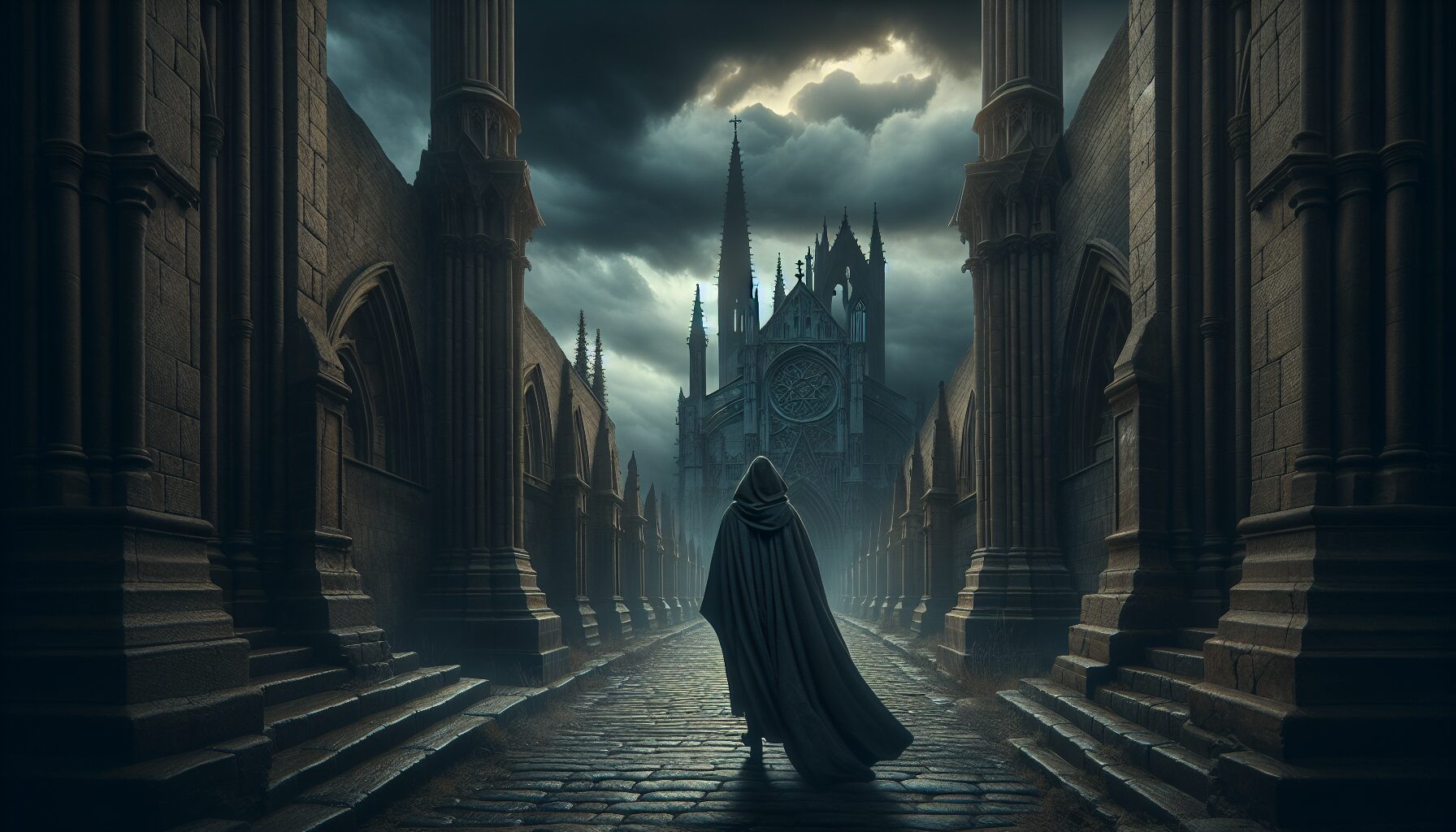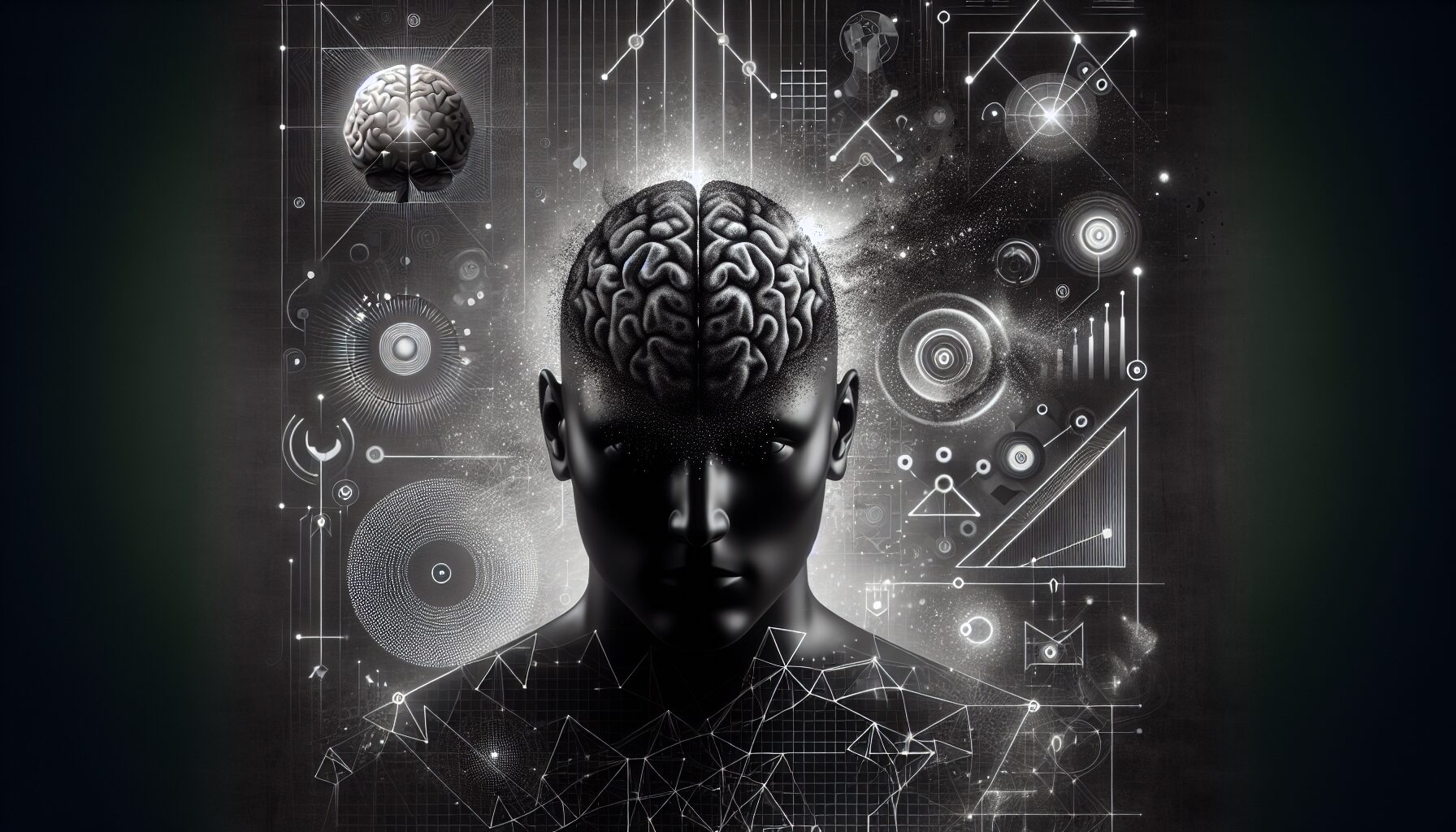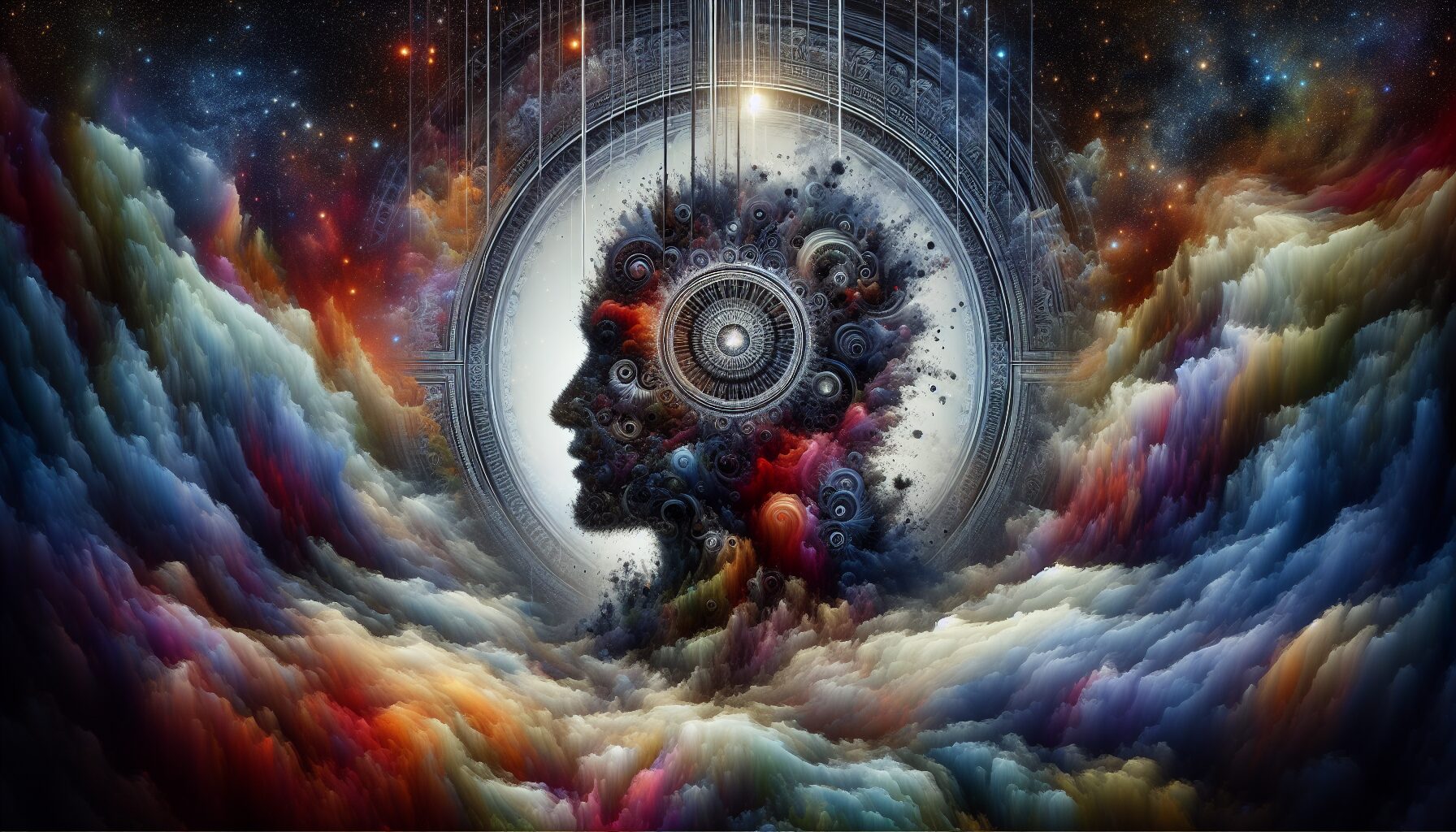Blackened Philosophy – Thinking Beyond Mainstream Thought
Blackened Philosophy – Thinking Beyond Mainstream Thought
The realm of philosophy has always been a domain where thinkers strive to unravel the complexities of existence, morality, and knowledge. However, there exists a certain form of philosophical inquiry that leaps beyond the confines of traditional discourse—a space we refer to as “Blackened Philosophy.” This term encapsulates ideas that challenge norms, question everything, and often tread the line between reality and the unknown.
Origins and Meaning
“Blackened Philosophy” does not reference any specific philosophical school or thought. Instead, it symbolizes an approach, an audacity to delve into the darker, less-traveled paths of philosophical thinking. Influenced by existentialism, nihilism, and skepticism, this philosophy dares to question the very fabric of what we perceive as truth and existence.
“The unexamined life is not worth living.”
Socrates’ famous declaration underscores the necessity of critique and exploration inherent in philosophy. Blackened Philosophy embodies this spirit by encouraging a relentless questioning of the foundations upon which mainstream thoughts are built.
Core Principles of Blackened Philosophy
Although varied, there are several principles that often underpin this philosophical approach:
- Abolition of Dogma: Nothing is sacrosanct. Every belief, tradition, and assumption should be scrutinized critically.
- Embrace of Paradox: Conventional belief and logical reasoning are not always adequate. Embrace contradictions and discover deeper truths within them.
- Existential Inquiry: Go beyond asking if something is true; ask why it matters. Explore existence’s raw and unmediated forms.
Navigating Beyond the Mainstream
Mainstream philosophy often centers around certain irrefutable tenets or ideas. Conventional wisdom insists on equilibrium, on concepts that ensure stability within the realms of moral, metaphysical, and epistemological debates. However, Blackened Philosophy frequently rebels against such norms.
Challenging Moral Absolutism
Moral absolutism posits that ethical standards apply universally without exception. Blackened Philosophy rejects this notion, advocating for a more nuanced understanding of morality that is subjective and contextual. Friedrich Nietzsche famously argued, “There are no moral phenomena at all, but only a moral interpretation of phenomena.”
This critique propels thinkers to explore the vast range of ethical experiences, unshackled by prescribed moral codes. As the world grows increasingly complex, adopting a versatile philosophical lens becomes indispensable.
Redefining Knowledge
Rene Descartes, often regarded as the father of modern philosophy, declared, “I think, therefore I am.” This statement emphasizes a foundational belief in the certainty of one’s existence. Blackened Philosophy, in contrast, pushes even the boundaries of cogito ergo sum, questioning the nature and certainty of self-awareness and knowledge.
Skepticism, a crucial tool in this philosophy, becomes the means through which understanding is continuously reshaped. As philosopher David Hume remarked:
“A wise man, therefore, proportions his belief to the evidence.”
Blackened Philosophy amplifies this sentiment by pushing beyond the limits of evidence, seeking subjective truths that may defy empiricism.
The Dark Aesthetic
The aesthetic of Blackened Philosophy often invokes dark imagery and symbolism. This reflects the depth and often daunting nature of philosophical inquiry it promotes. Literature, music, and art that embody this aesthetic help manifest its abstract principles into tangible experiences.
Consider the works of Edgar Allan Poe or the melancholic compositions of black metal music, where themes like existential dread and the sublime emerge. These cultural artifacts give voice and substance to the abstract themes that Blackened Philosophy seeks to explore.
Existentialism and the Absurd
This philosophy often aligns itself with existentialist thought. Albert Camus, in his essay “The Myth of Sisyphus,” introduces the concept of the absurd—where the human tendency to seek inherent meaning conflicts with the chaotic, indifferent universe. Camus writes:
“The struggle itself towards the heights is enough to fill a man’s heart. One must imagine Sisyphus happy.”
Blackened Philosophy resonates with such ideas, inviting individuals not just to ponder but to embrace the contradictions and uncertainties of existence.
Conclusion
Blackened Philosophy is not about obtaining definitive answers but about embracing the journey of relentless questioning and exploration. It rejects the comfortably known, stepping instead into the shadows where new perspectives lurk. In doing so, it offers a profound challenge not just to established theoretical paradigms, but to our own preconceptions and biases.
As we continue to navigate an ever-evolving world, the insights offered by thinking beyond mainstream thought can provide not only deeper understanding but also profound personal transformation. Blackened Philosophy is an invitation to those daring enough to venture into the unknown, with conviction not in finding answers, but in discovering new questions.
Further exploration into this topic may be found in works by The Stanford Encyclopedia of Philosophy, where you can dive deeper into branches like existentialism, nihilism, and skepticism that inform much of this unorthodox approach.
